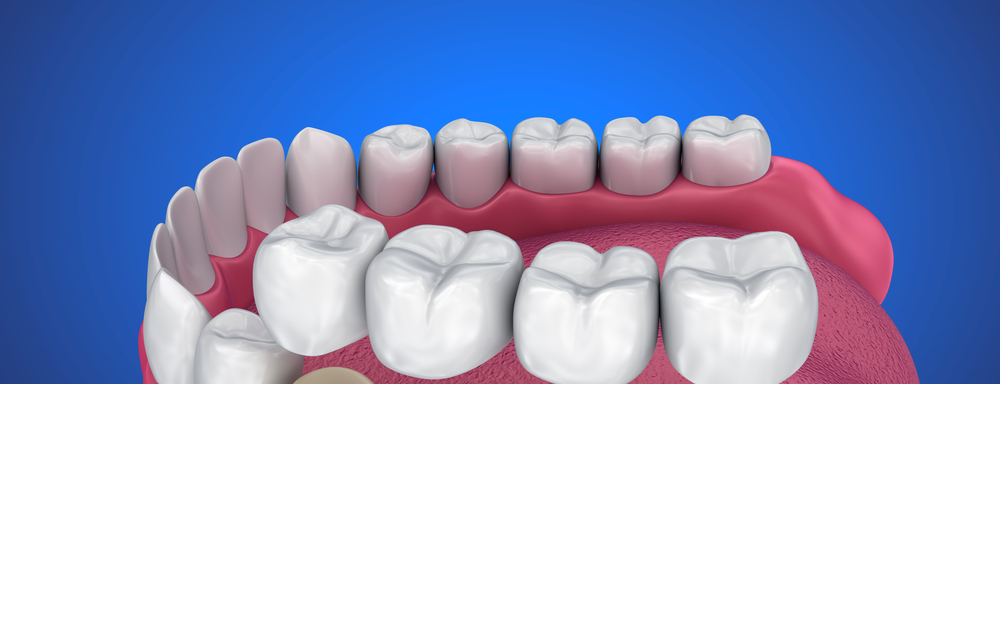Dental bridges have been an essential part of modern dentistry since the early part of the last century. Long before dental implants were a thing, dental bridges were the most preferred method of replacing teeth. Even up to now, you can still very much rely on them for your dental needs.
For those of you who have little to no knowledge of what dental bridges are, we here at Abbotsford Dental Clinic have put together some information to help guide you.
We can begin by saying that dental bridges usually consist of 2 or more specifically fitted crowns that are anchored to the teeth that surround a gap in your smile. They are used to “bridge” the gap that was created by the missing tooth.
But why do you need to use a dental bridge in the first place?
Well, the obvious answer to that is, of course, to replace the missing tooth. But more than that, dental bridges help to make sure that the rest of your teeth don’t shift, preventing further alignment issues that can be difficult to fix.
If this option has been recommended to you, you should know that there are different types of dental bridges. Choosing them greatly depends on the specific situation your teeth are in.
Types of Dental Bridge
Traditional Bridges
Traditional bridges are the most common type of dental bridge. These bridges vary in materials from pure gold, to porcelain-bonded over metal, or pure ceramic. Traditional bridges distribute the load of the bite over the two teeth they are bonded to.
Traditional bridges can be used when you have natural teeth on either side of the missing tooth. Because they require shaving of the surrounding natural teeth, this can lead to long-term issues and difficult hygiene maintenance, so please discuss this option thoroughly with your dentist beforehand.
Cantilever Bridges
A cantilever bridge is usually done when there is only one adjacent tooth that will be able to support the missing one. Think of It as like a diving board.
Mostly made out of ceramic or metal, this type of bridge is most commonly used to replace a missing front tooth. Dentists do not recommend this if it is at the back of the mouth because there is a tendency to put too much force.
In a similar way to traditional bridges, one tooth will need to be shaved down in order to accept the bridge. Hygiene issues are less problematic with this type of bridge.
Resin-bonded Bridges
Also known as Maryland bridges, this type of dental bridge is considered minimally invasive as it went through several updating and iterations over the years. Nowadays, most consider this as an effective and sturdy form of treatment for front teeth.
Resin-bonded bridges are made out of porcelain or porcelain infused metal. Just like the traditional dental bridges that use the teeth on either side of the missing tooth, resin-bonded bridges do the same concept except that it uses a metal or porcelain framework that is anchored onto the backs of the abutment-teeth like a metal screw.
Where to get the best dental bridges?
It is safe to say that dental bridges are still critical to consider up to this time. Though they may not be as long-lasting as a dental implant, they offer a faster solution.
Dental bridges will permanently restore oral function and improve that gap in your smile. All you have to do is to maintain and take care of them properly – the very same way you should be taking care of your real teeth.
If you’re interested in knowing more about dental bridges and want to have your teeth checked in general, Abbotsford Dental is an excellent place for you to go for your dental care needs. Experienced in dental health for years now, this Melbourne institution is an excellent place for you to turn to for all your dental health needs. Their dedicated staff is more than happy to answer all of the questions you may have.




Leave A Comment